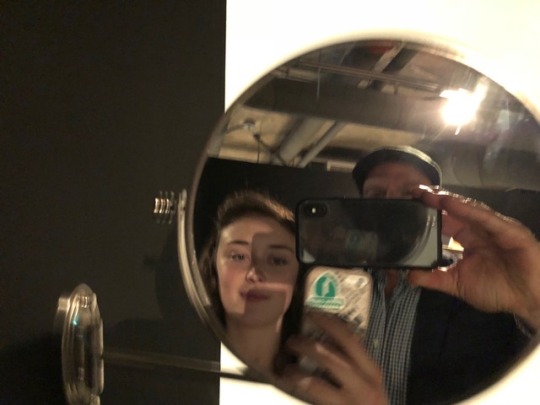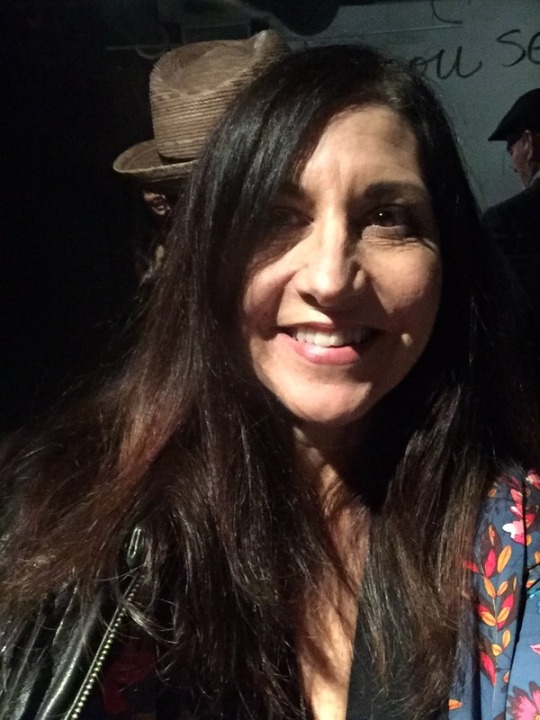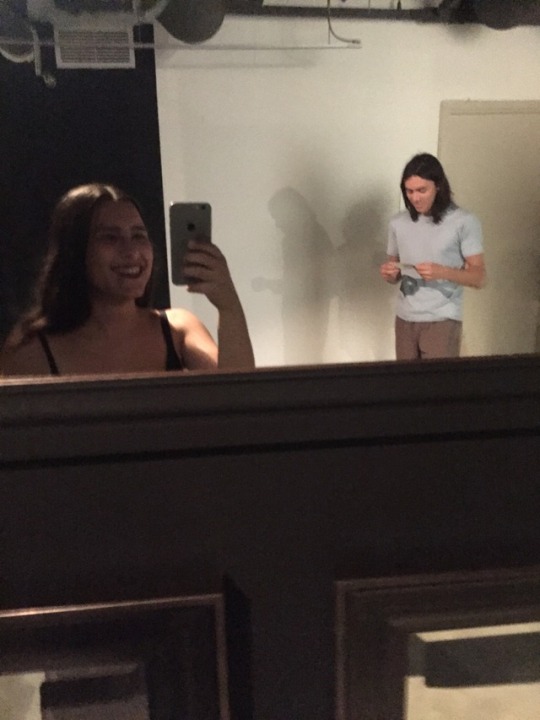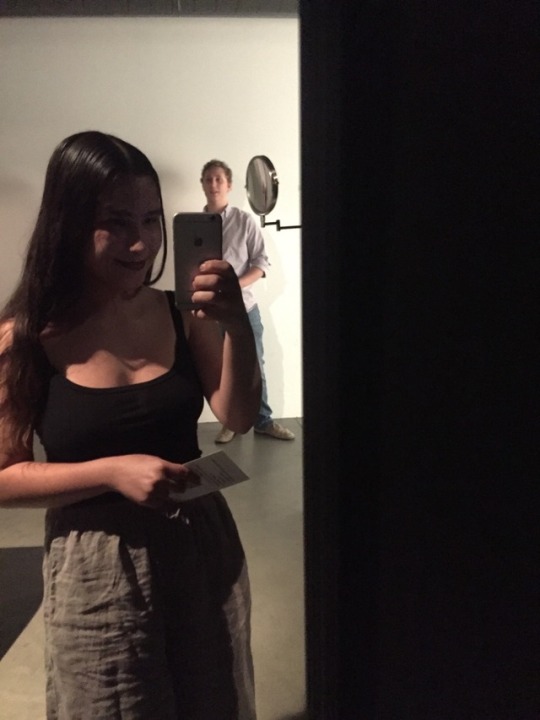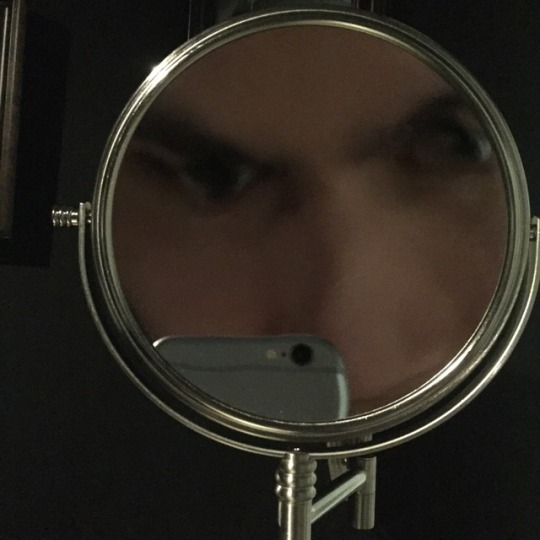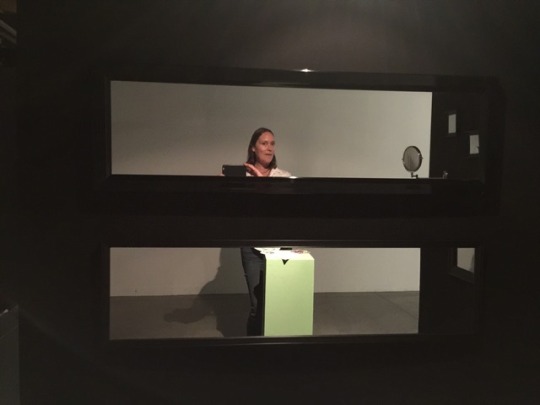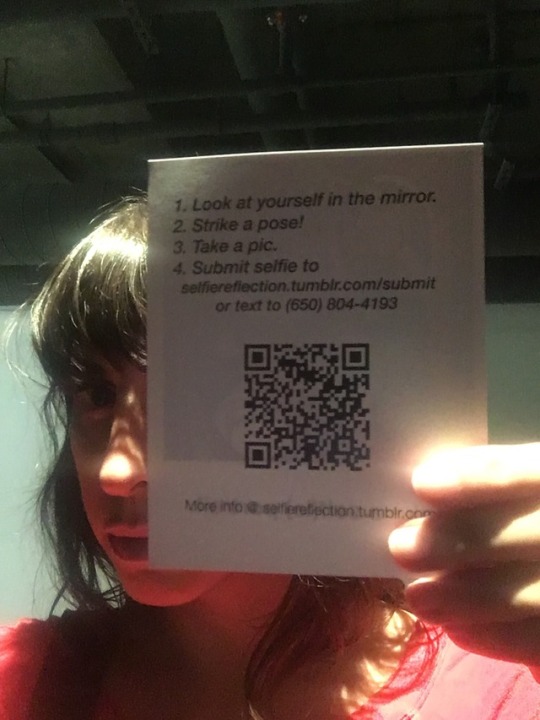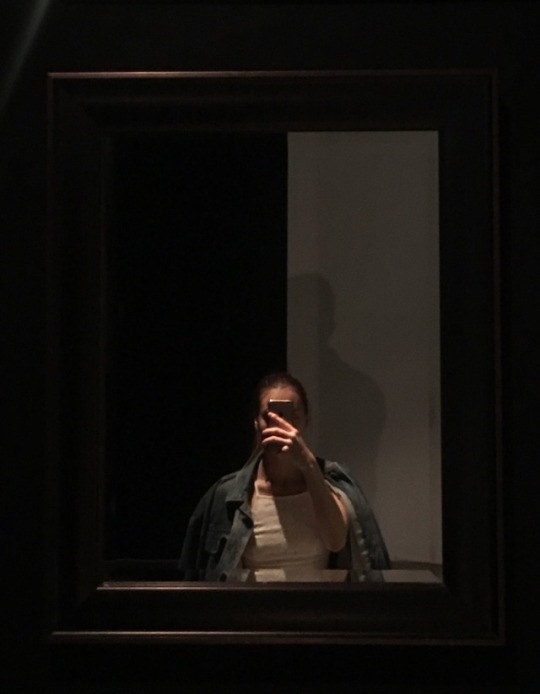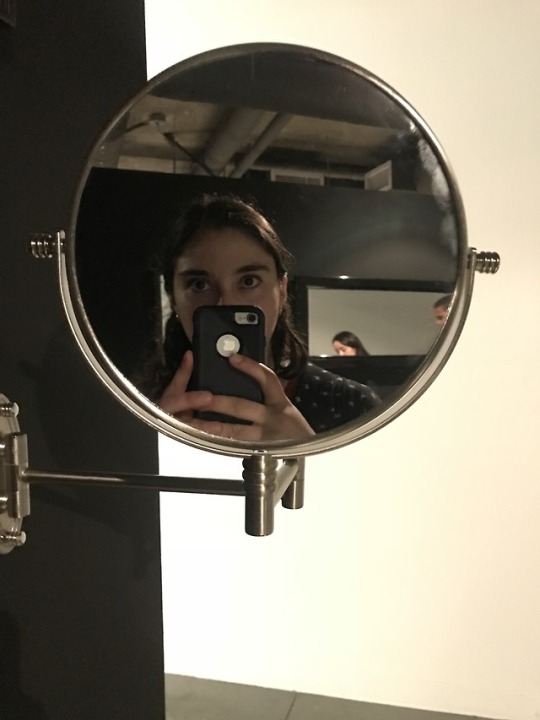Don't wanna be here? Send us removal request.
Photo
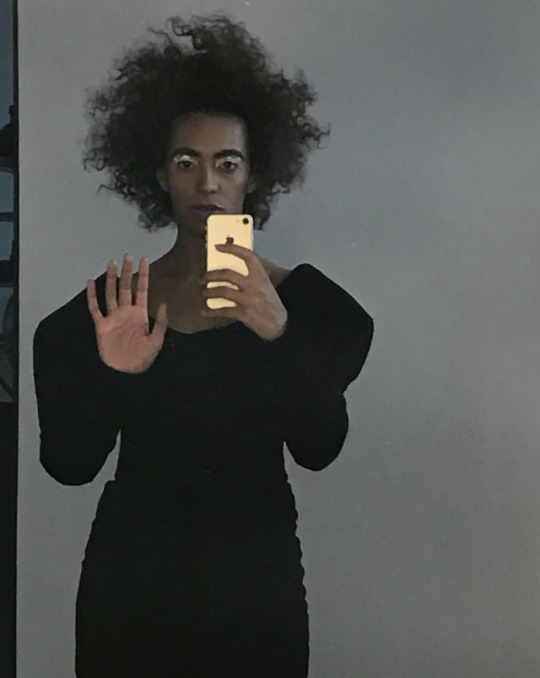

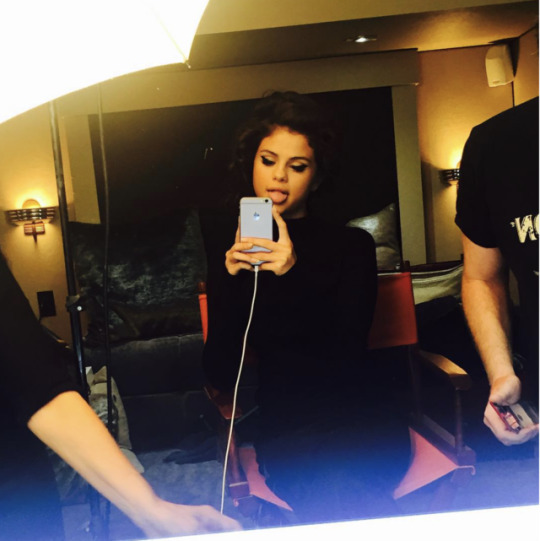
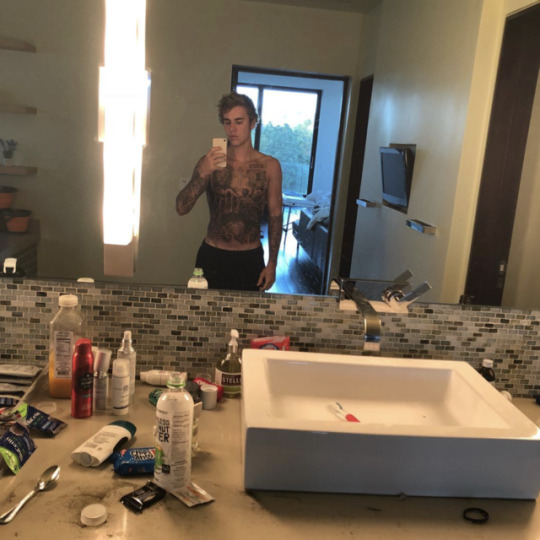
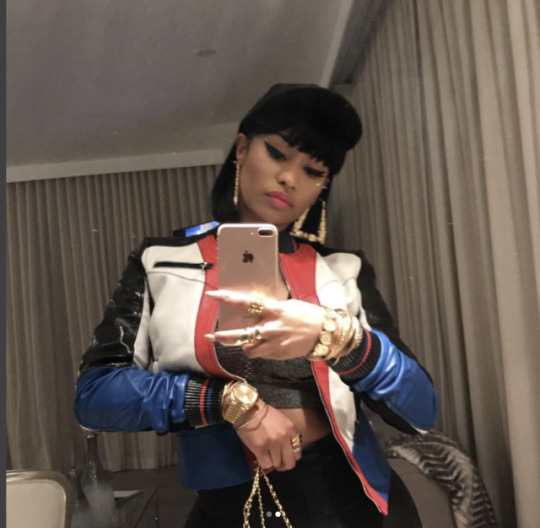
@saintrecords@kimkardashian@selenagomez@justinbieber@nickiminaj Selfies have potential to be artistic self-portraits, methods of self-exploration, and tools of self-representation. Mirror selfies in particular depict a unique scenario in which a person captures an image of themself looking at their image. These selfies show a self-created representation of a body, alongside a moment in the creation of that representation. “The self” is a floating signifier and mirror selfies are one way selfie-takers try to recreate, to represent, and to define “the self.” This is a continuous, incomplete process. As infinite selves are reproduced, altered, and shared (often through social media). Through selfies, selves become collections, assemblages of a multiplicity of performances, poses, and constructions that may be perfected or ideal and ever-changing. Whether they are “real,” or “fake” and no matter how much a body changes or does not change, selves are conglomerates of constructed material. Selfies are, of course, not the only way to represent/construct selves, nor is the body the only form selves exist in. However, selfies and mirror selfies are a popular and accessible way that selves are created, curated, and consumed. I suggest that we consider mirror selfies critically and constantly, especially as we are the creators and consumers of representations of selves.
0 notes
Photo
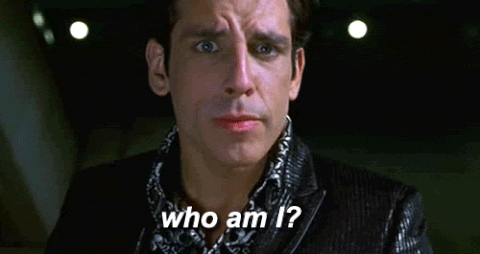
(via GIPHY)
When you look in the mirror, what do you see? Who do you see? Is that YOU? Is it the REAL YOU? Who are you? What are you?
0 notes
Photo
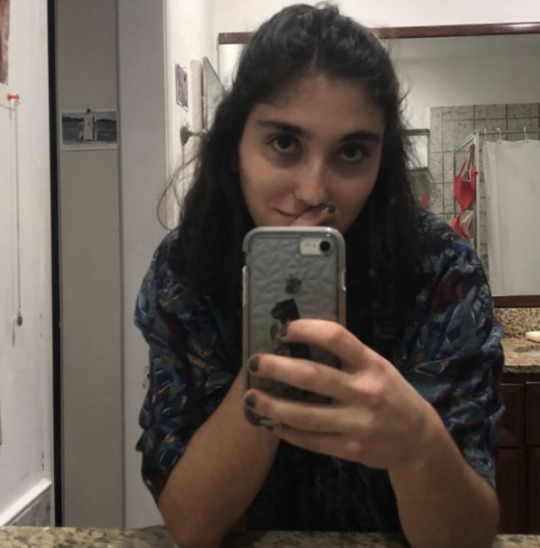





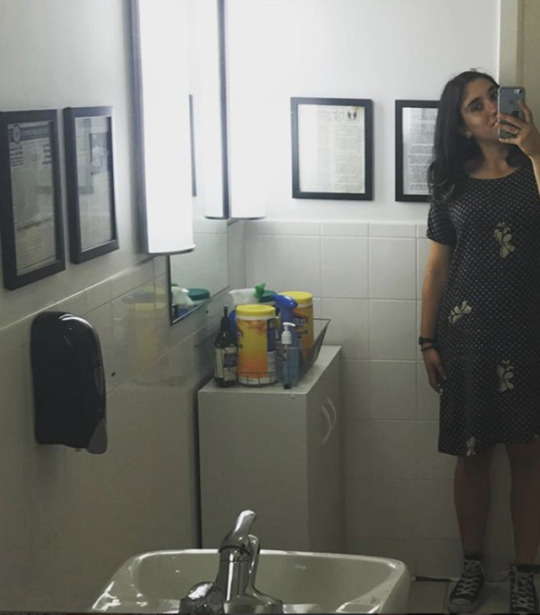

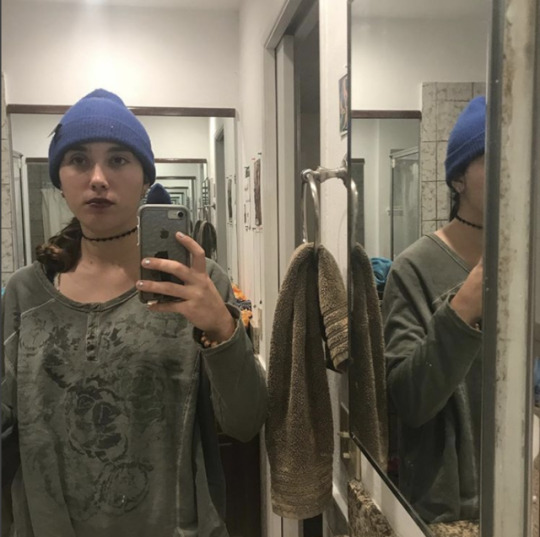
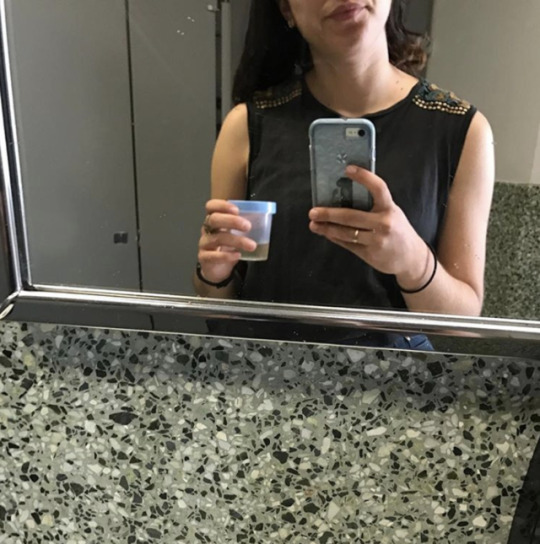
According to psychotherapist Jaques Lacan’s mirror stage theory, the experience of seeing and recognizing oneself in the mirror for the first time is a key component in the development of an understanding of “self.” In Greek mythology, Narcissus falls in love with himself after seeing his image reflected in a pool of water. This story has been used in the popular imagination to refer to people who are self-absorbed or self-obsessed. The idea that Narcissus’s narcissism arose when he saw his reflection reinforces ideas of connections between self-image, self, mirrors, and vanity. As selfie-taking has become mainstream, the practice has been associated with these negative aspects of excessive self-interest as well. Is looking in the mirror inherently a narcissist act? What about taking mirror selfies? Can looking in the mirror be a tool of self-exploration and self-expression? If so, is it still a manifestation of vanity? When I take a mirror selfie, I capture a moment of me capturing my reflection. A mirror selfie is a copy of a reflection of my body. In mirror selfies, I am either making eye contact with myself in the mirror, looking at my image on my phone screen, or my face is hidden behind my phone. In all of these instances, I am creating a representation of myself which includes a representation of my reaction to seeing my image reflected in the mirror. Mirror selfies are simeltaneously images of bodies and images of people mediating an image of their body.
0 notes
Photo





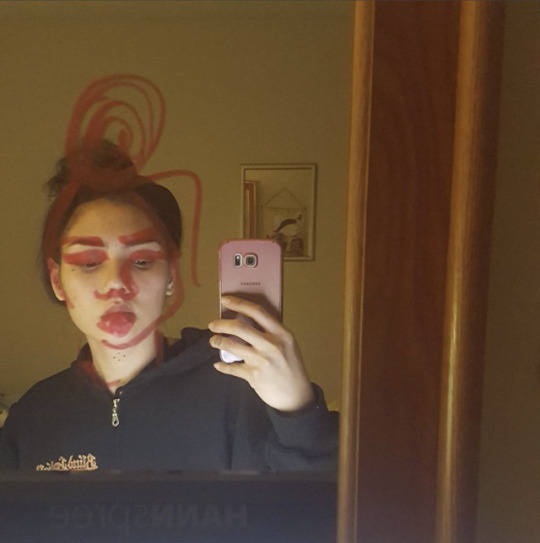

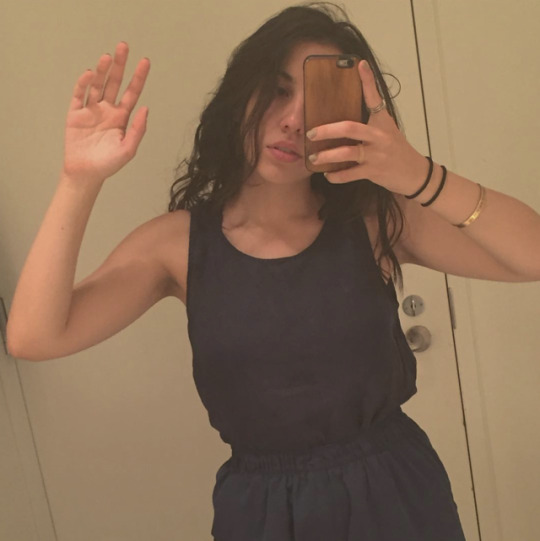
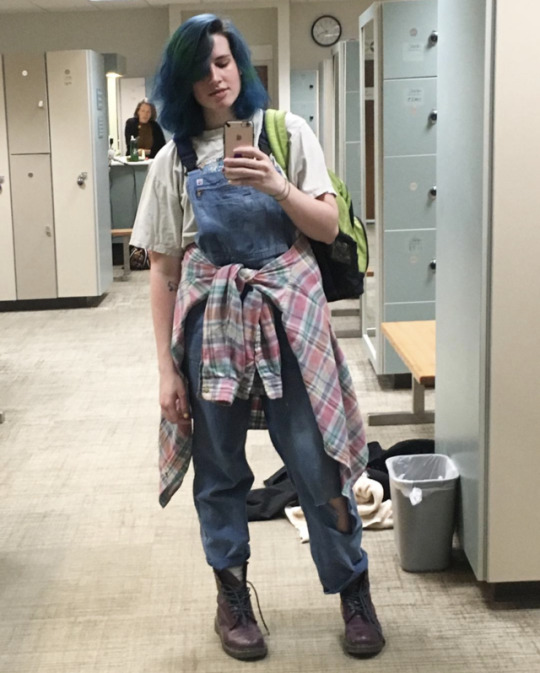
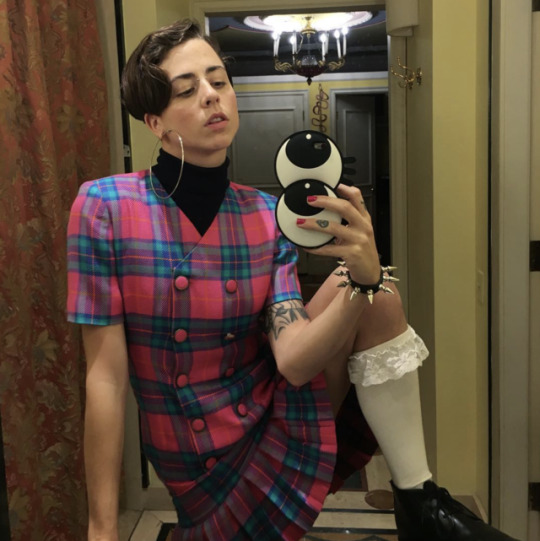
@musegold @gorditaapplebum @museummammy @forestqueer @hanecdote @ifeellikebbyelf @margaret_zhang @sighswoon @sir_babygirl @th3gayagenda
We (re)define ourselves on a daily basis, connecting fragments of body, mind, spirit, social media presence, relationships, accomplishments, time, place, etc. into an assemblage we call the self. The process of taking a mirror selfie can be one step in our daily (re)formations of ourselves. Mirrors and cameras are the only means we have of seeing what we (physically) look like (from the perspective of others). However, mirrors and cameras, and the mirror selfie’s combination of the two often distort images. Warped mirrors can make our bodies and limbs wider or thinner, and filters, editing, or a thumb over a lens can make us unrecognizable. By taking mirror selfies, we create an opportunity to reflect on our bodies, our images, and ourselves while reproducing them for public showcases and/or private archives. The event of taking a mirror selfie is a mediation between bodies, digital technology, and physical surroundings. Posting mirror selfies online, archiving them, and/or sending them to others is another way to develop the self through expression and communication. Online personas, though unlikely to be considered “true selves” are constructed versions of selves to be presented to larger audiences. As selves are constructed and presented to different audiences, with different levels and aspects of performativity, we further complicate the self and it diverges further from a stable entity, to a miscellaneous collection of aspects about us and elements which we try to highlight about our selves. With mirror selfies, questions of authenticity and artificiality arise. We often pose for pictures, grooming ourselves and positioning our bodies and faces in ways which are not “natural” or even “normal,” searching for a more perfect version of our bodies, of ourselves. When someone takes a mirror selfie, there is an opportunity for them to represent their body on their own terms. The agency lies in the hands of the simultaneous model/photographer/artist/subject. This can be a significant act to resist hegemonic representations of bodies in art and media as the selfie-taker is in the unique position to represent their own body. This is especially important for folks whose bodies have been marginalized and/or erased from art and media, or whose bodies are portrayed by others, in ways which objectify them. As representation is reclaimed by those who are represented in the form of (mirror) selfies, we must consider the significance of and limitations of mere representation. In her essay “Closing the Loop,” Aria Dean critiques a limited “selfie feminism” which often excludes trans folks and women of color as spotlights shine on white and traditionally beautiful women’s selfies, continuing to devalue and exploit marginalized bodies. Selfies are not inherently a feminist tool, but they do have potential not only to represent bodies and selves, but as a way for individuals to reflect on and take time with themselves. We work with what we can control to represent ourselves – and thus to construct the selves that we present.
0 notes
Photo







Accidental Mirror Selfies Some mirror selfies are created when someone tries to take a picture of a mirror (often to sell – on Craigslist or another online platform) but includes part of their body in the reflection of the mirror. Some of these pictures appear as if the person who took them was not trying to include their body in the shot, and it is certainly not the center of the picture. These fit the definition of a selfie as they are self-captured photographs of oneself, but the photos highlight the mirror, not the reflected self. These are not posed selfies. Instead, people are captured seemingly more off guard, as they are concentrating on taking a marketable photo of their mirror, and end up taking an accidental selfie.
0 notes

